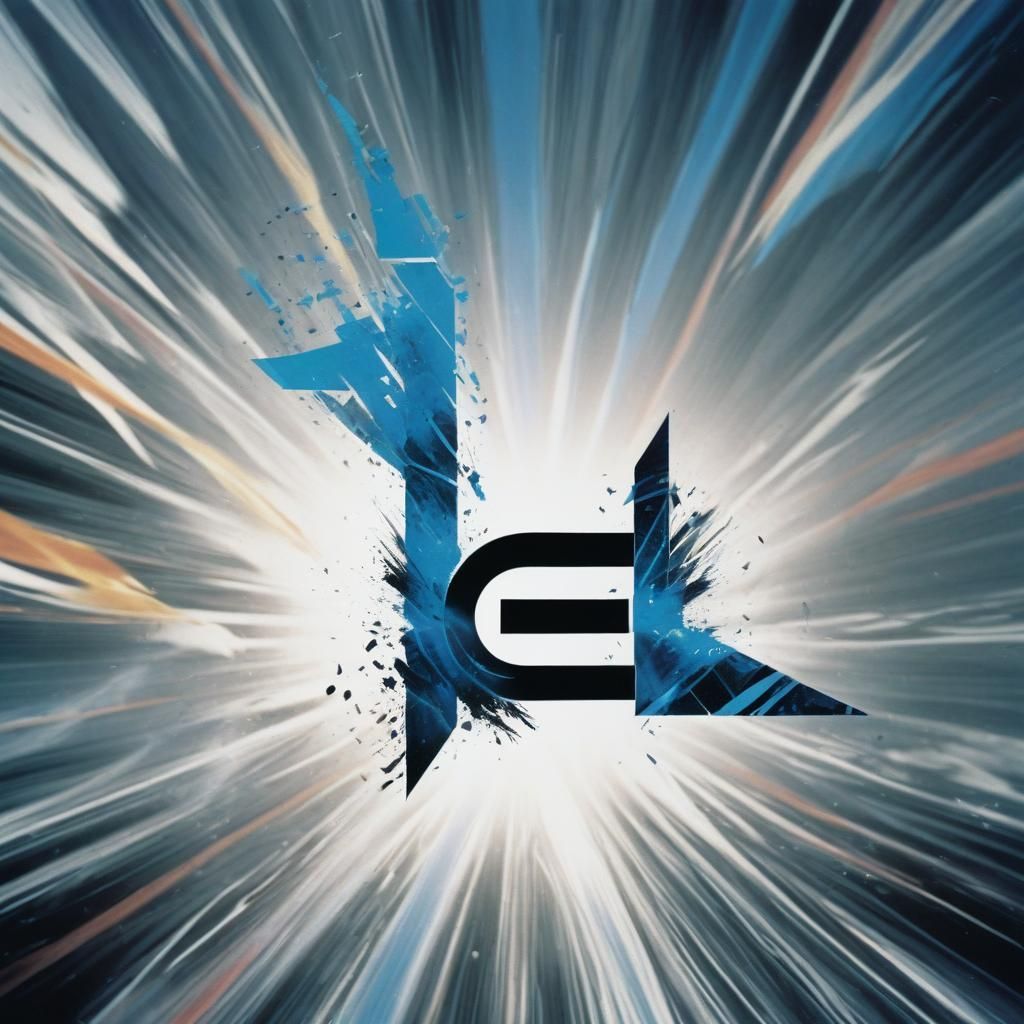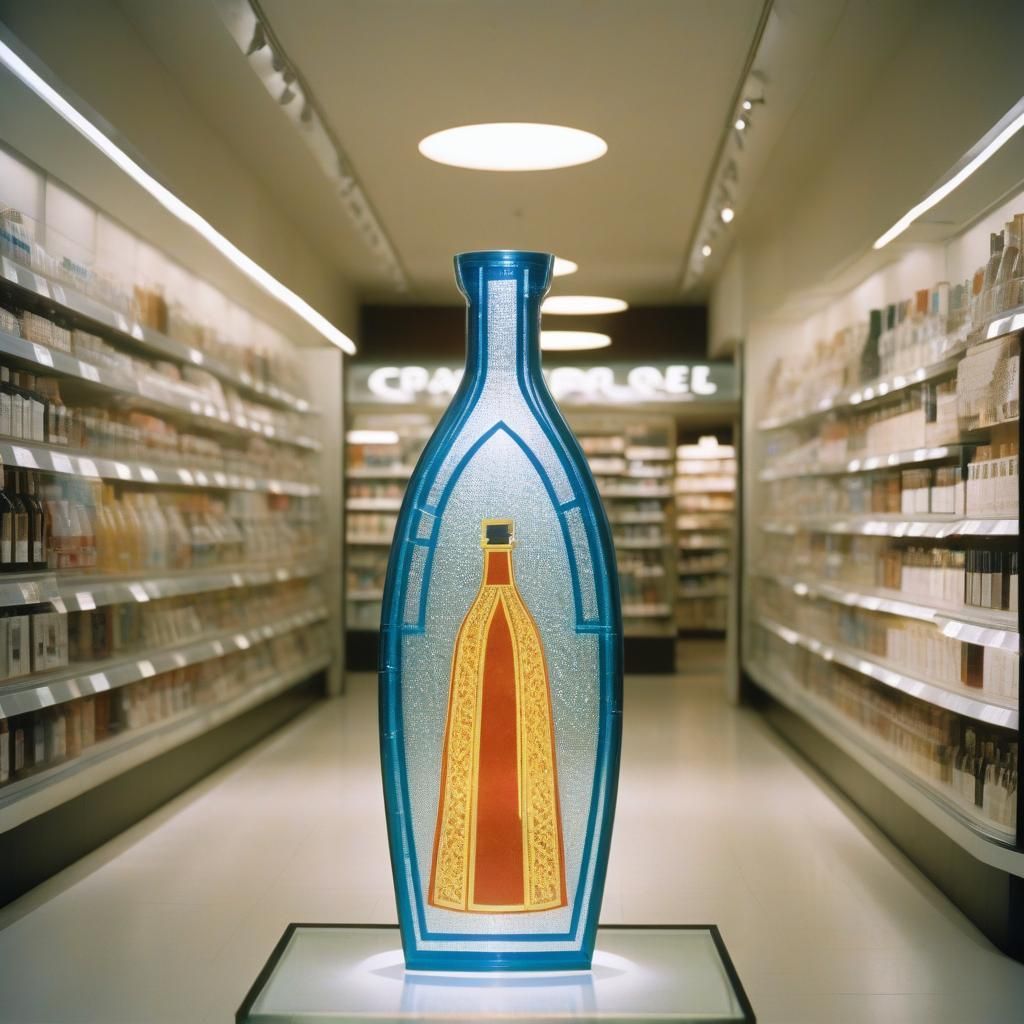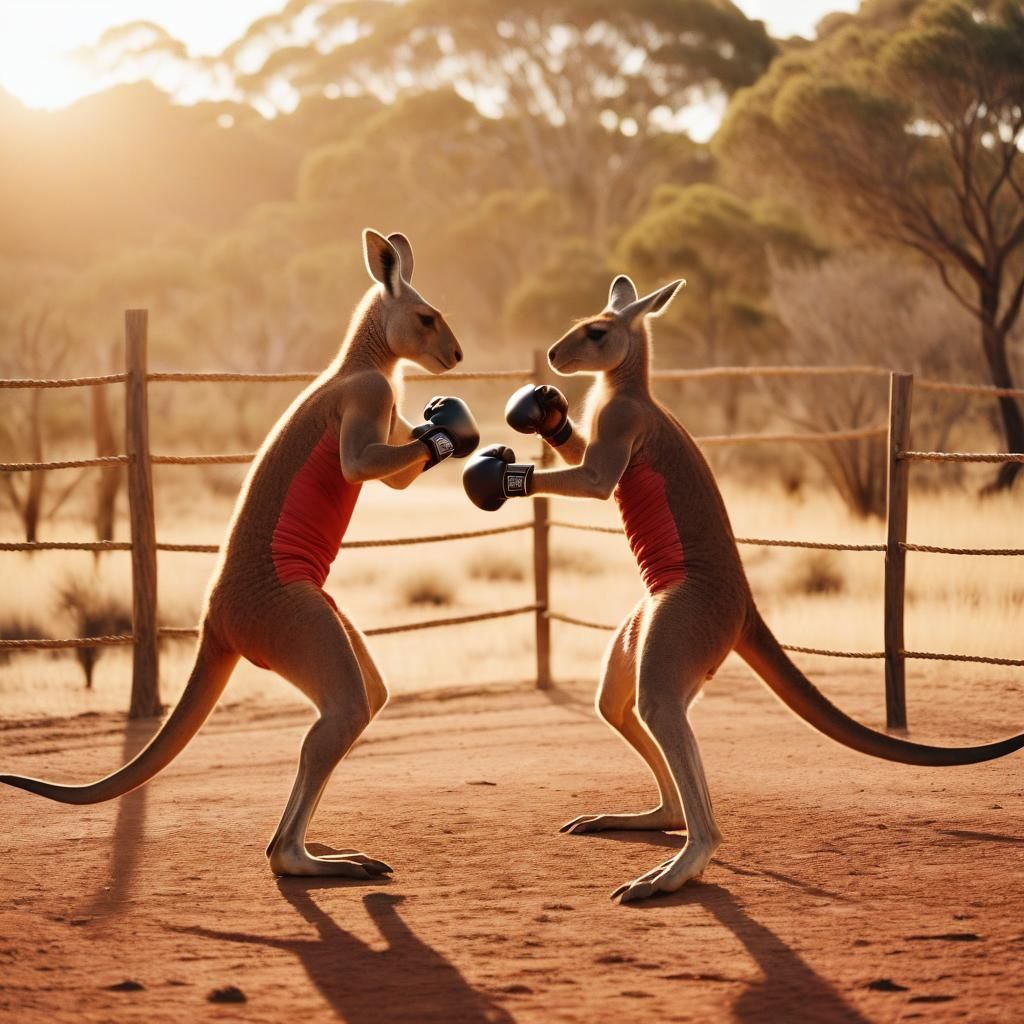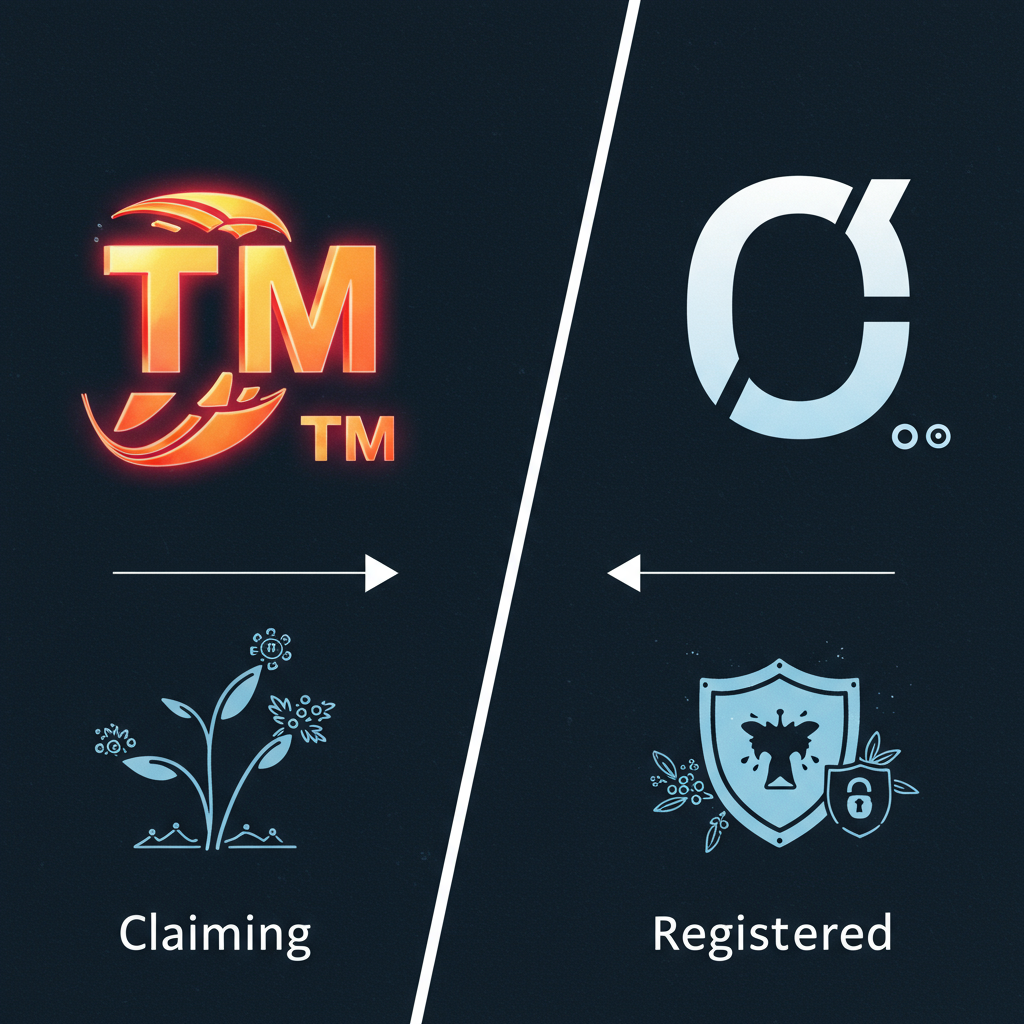What Can and Cannot Be Trademarked? Brand Superpowers in Australia!
What Can and Cannot Be Trademarked? Unlocking Your Brand's Superpowers in Australia!

Ever dreamt of your brand becoming the next Aussie icon, instantly recognisable and legally bulletproof? For any shrewd business owner, understanding what can and cannot be trademarked isn't just a legal nicety; it's the bedrock of your entire branding strategy. Get this right, and you’re building a brand empire. Get it wrong, and you could be pouring your marketing budget down the drain!
We're about to crack open the vault of IP Australia's rules, giving you a crystal-clear guide to trademark eligibility. This is your chance to learn how to forge a brand identity that’s not just brilliant, but also badge-worthy.
What Can Be Trademarked in Australia? The Good Stuff!
When you think trademark, you probably picture a logo. But the truth is, IP Australia's definition is much broader, covering anything that can uniquely distinguish your goods or services from the competition. It’s all about creating a distinctive badge of origin.
Here’s the lowdown on what can typically earn that coveted ® symbol in Australia:
- Words & Phrases: This is the most common. Think brand names, product names, or memorable taglines that are distinctive. For example, "Have a break" immediately brings to mind a certain chocolate bar.
- Logos & Symbols: The classic! From a stylised text design to a graphic icon, if it’s unique and represents your brand, it's fair game. Think the famous kangaroo on Qantas planes.
- Shapes & Packaging: If your packaging is so distinctive it tells people who you are, it can be protected. The unique triangular Toblerone® shape is a cracker example globally.
- Colours: Tricky, but possible! A single colour can be trademarked, but you have to prove it has acquired strong distinctiveness and is solely associated with your brand for specific goods/services. Cadbury purple™ for chocolate is a famous example that shows just how powerful a colour can be.
- Sounds: Yes, even jingles and unique audio marks can be trademarked if they're distinctive! The familiar ABC News jingle or the wah-wah sound of the 20th Century Fox opening are iconic sound marks.
- Scents & Movements: These are rarer than hen's teeth, but theoretically possible if they can be precisely defined and proven to distinguish goods or services. Imagine a unique fragrance for a particular type of product.
- Letters & Numbers: Alone, they're tough, but if stylised or used in a distinct combination, they can get over the line. Think M&M’s® or the distinctive letter 'K' in Kellogg's®.
What Cannot Be Trademarked in Australia? The No-Go Zones!
Just as important as knowing what you can protect is knowing what you can't. These are the traps that can derail your application faster than a dodgy prawn on Christmas Day. IP Australia has clear guidelines to prevent monopolies over common language or misleading branding.
Here’s what usually won’t pass muster:
- Generic Terms: You can’t trademark a common word for the goods or services it describes. Imagine trying to trademark "Milk" for dairy products – it's just too common and necessary for everyone to use!
- Descriptive Phrases: Similar to generic terms, if your phrase simply describes your product or service, it’s a no-go. "Best Plumbing Service" or "Fast Delivery" are too vague and descriptive for exclusive rights.
- Geographical Terms: Generally, you can't trademark the name of a place if it simply describes where your goods or services originate or are offered. While a specific business name including a place might be fine, "Sydney" alone can't be trademarked for just any local services.
- Surnames: Common surnames are a tough nut to crack. Unless a surname (like "Smith" or "Jones") has acquired significant distinctiveness through extensive use and public recognition as your brand, it's usually difficult to trademark.
- Deceptive or Misleading Terms: Anything that's likely to confuse or mislead consumers about the nature, quality, or origin of your goods or services will be rejected. Honesty is the best policy here!
- Scandalous or Offensive Marks: IP Australia has a strong stance against anything considered inappropriate, offensive, or scandalous language or images. Keep it clean, mate!
- Identical or Similar Existing Trademarks: This is a big one. If your proposed mark is too identical or confusingly similar to an existing trademark already registered (or applied for) in the same or closely related classes, it’ll likely be rejected. This is where your pre-application search becomes your best friend.
Grey Areas: The "Maybe, Maybe Not" Marks
Some types of marks sit in a bit of a grey area, requiring a case-by-case review by IP Australia. This is where distinctiveness is key, and proving it can be challenging.
- Slogans & Taglines: While some like "Just Do It" are iconic, many slogans are merely descriptive. A slogan must be distinctive enough to function as a brand identifier, not just an advertising claim.
- Foreign Words: If a foreign word directly describes your product or service, it's treated like a generic term. For example, trying to trademark "Cafe" in French for a coffee shop might hit a snag.
- Cultural & Indigenous Symbols: This is a sensitive and evolving area. While some can be registered, there are strict guidelines. Marks considered sacred, culturally significant, or potentially offensive may not be registrable, and additional permissions or cultural protocols may be required.
Australian Trademark Classification System: Your Brand's Category
When applying for a trademark in Australia, you'll come face-to-face with the Nice Classification system. This international system divides goods and services into 45 distinct classes. You must specify which class (or classes) your goods or services fall into.
The importance of choosing the correct class for your product/service cannot be overstated. Registering your brand name for, say, "clothing" won't protect it if you then decide to launch a line of "skin care" products, unless you’ve also registered it in the skin care class. Getting this wrong can leave your brand exposed.
How to Increase Your Chances of Approval: Play it Smart!
Don't leave your trademark application to chance! Here are some golden rules to maximise your odds of success:
- Make Your Trademark Distinctive from the Beginning: This is your number one priority. Invented words (like "Kodak"), arbitrary words (like "Apple" for computers), or suggestive words (like "Netflix") are far easier to protect than descriptive ones.
- Do a Pre-Application Search on IP Australia: This is critical! Before you even think about applying, use IP Australia's online database to search for identical or similar marks. This can save you time, money, and heartache by revealing potential conflicts early on.
- Consider Legal Help for Unique Cases or International Registration: If your brand is complex, your mark is a bit of a "grey area," or you're planning global expansion, consulting an IP lawyer is a no-brainer. They can navigate the complexities and give your application the best shot.
Examples of Approved Trademarks in Australia: The Champions!
Australia boasts a rich history of successful trademark registrations. These brands got it right:
- The Woolworths® logo: A strong, distinctive graphic that's instantly associated with the supermarket giant.
- The Boost Juice® cup design: While not just the logo, the unique shape and branding of their cups are part of their trademarked identity.
- The Jetstar® slogan: A catchy, memorable phrase that effectively distinguishes the airline.
- Iconic sound trademarks like the Channel 9 jingle: That distinct sound signature is recognised across the nation.
Rejected Trademark Examples: Learning from the Wipes-Out
IP Australia's archives are full of rejections, often based on marks being too generic or descriptive. While specific case names aren't always publicised for general examples, imagine:
- An application to trademark "Healthy Juice" for a juice bar – too descriptive.
- "Quick Cleaners" for a cleaning service – again, too descriptive and generic.
- A logo that's almost identical to a well-known existing brand, but with a slight colour change – likely rejected for being too similar and causing confusion.
These real-world scenarios highlight why distinctiveness is king.
International Considerations: Think Global, Act Local
What flies in Australia might face turbulence overseas! What might be accepted in Australia may not fly elsewhere (and vice versa). Different countries have their own nuances and interpretations of trademark law.
If you have ambitions beyond our shores, the importance of checking global eligibility cannot be overstated. A global IP strategy is crucial to ensure your brand is protected wherever you plan to do business.
Conclusion: Build Your Brand's Fortress with Smart Trademarks
Understanding what’s trademarkable in Australia is your first and most vital step toward building a strong, legally protected brand. It’s about creating a unique identity that consumers can instantly recognise and trust, free from the threat of copycats.
Don't just slap a name and logo on your business; make sure they're built to last and legally defendable. By focusing on distinctiveness, doing your homework with IP Australia, and seeking expert advice when needed, you’ll be well on your way to submitting a strong application and giving your Aussie brand the legal superpowers it deserves!
FAQs about Trademark Eligibility
Q1: Can I trademark my business name even if I haven't registered my company yet?
A: Yes, you can apply for a trademark for your business name before your company is formally registered. However, it's generally recommended to align your company registration and trademark application for consistency and to ensure you have the legal entity to own the trademark.
Q2: How long does a trademark last in Australia?
A: A registered trademark in Australia lasts for 10 years from its filing date, and it can be renewed indefinitely every 10 years, as long as you continue to use it and pay the renewal fees. This makes it a powerful, long-term asset.
Q3: Is it better to have a word mark or a logo mark?
A: Both have their advantages, and many businesses register both! A word mark (just the name in standard font) protects the name itself, regardless of how it's stylised. A logo mark protects the specific design. Registering both offers the broadest protection.











